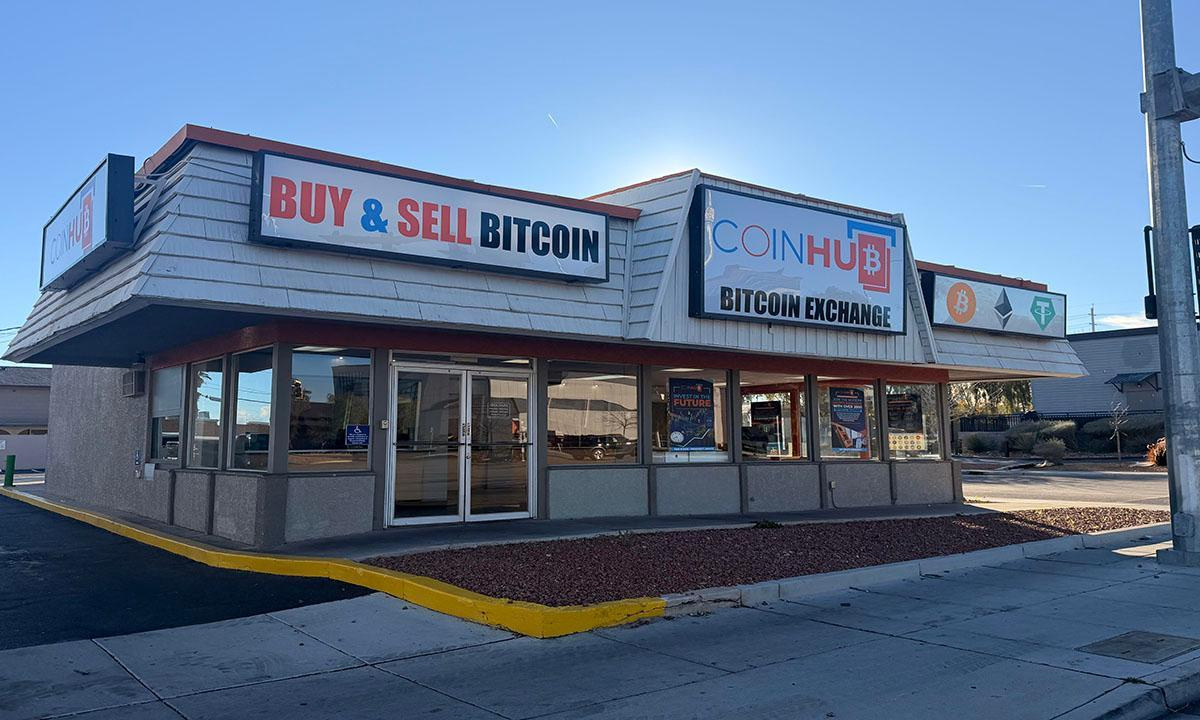Key Insights:
- Chainlink implements cross-chain transfers with Circle’s USDC.
- Initially available on Ethereum, Base, Optimism, Arbitrum, and Avalanche.
- Cross-chain transfers are currently supported by bridges and atomic swaps.
- Chainlink’s CCIP uses automated liquidity pools supported by smart contracts.
USDC has integrated Chainlink’s Cross Chain Interoperability Protocol with its Cross Chain Transfer Protocol to allow users send USDC from one chain to another.
Earlier integrations were mostly done individually.
Cross chain transfers were a major roadblock for a greater blockchain adoption. Indirect methods such as wrapping exist but most of them require blockchain bridges which are prone to hacks.
With this, users would be able to send USDC without worrying much about losing their assets. Such a development is expected to boost USDC’s market share that was lost to USDT after the SVB fiasco.
Chainlink’s CCIP Integrates with Circle’s CCTP

Chainlink and Circle have integrated their cross chain transfer protocols with each other which would allow all users to send and receive USDC irrespective of the sender and receiver’s blockchain. However, initially, it would only be possible for Ethereum, Optimism, Avalanche, Base and Arbitrum. Together these blockchains host a major chunk of USDC’s circulating supply.
Speaking on the matter, Sergey Nazarov. the co-founder of Chainlink said that he was pleased with the defense-in-depth infrastructure of Circle and would be excited to support the adoption of stablecoins across a variety of cross-chain use cases.
He further added, that it would be highly beneficial for developers who were developing such applications for USDC that requires cross-chain transfers.
How Would it Benefit USDC’s Market Share?
Recently, we highlighted that around $5 trillion of stablecoins were used in Q3 of 2023 for transactions. The transaction was greater than what payment giants like Visa had for the same quarter.
But, currently only a few chains support cross-chain transfer. That too in an indirect way through wrapping. This is because, till date, most blockchains operate in silos and rarely have cross-chain ability.
This becomes a headache for freelancers, developers and professionals across the world to receive payments and also restricts the wider adoption of stablecoins as a currency.
We see that usually the sender has USDC on Ethereum (which has a high gas fee). Receivers who need to further pay USDC to others need to transfer it to blockchainTherefore, when the receiver receives these assets, they need to swap the assets first through a DEX or need to use a bridge for cross-chain transfers.
Now, this introduces a delay in payments and also some funds are lost as transaction fees.
With the available of direct cross-chain transfers, it would drive a much greater adoption of USDC.
How Cross Chain Transfers Work?
There are many ways through which a cross chain transfer can take place.
In the first method, assets are permanently removed from circulation through burning them on the first blockchain. Then these tokens are minted on another blockchain. This method results in a permanent asset transfer between blockchains.
The second method locks the tokens in one blockchain and then mints them on the other blockchain. This causes a reversible and temporary cross chain transfer.
- Blockchain Bridges
- Atomic Swaps
- Cross Chain Transfer Protocols
Blockchain Bridges
Blockchain Bridges are the most common method of transferring cryptocurrencies between blockchains. However, these bridges are often vulnerable to attacks. One such incident was the hack of Axie Infinity’s bridge that resulted in a loss of $625 million.
Atomic Swaps
Atomic swaps are cross-chain transfers that are enabled by smart contracts. These swaps are enabled by wallets that can access smart contracts.
However, these are difficult to operate by people who are not well versed with them.
Cross Chain Transfer Protocols
Chainlink’s CCIP uses several pools of tokens to transfer assets between blockchains. These pools are automated by smart contracts which relay assets between different blockchains. Currently, Chainlink boosts of several layers of security and transfers are secured by its decentralized oracle network.
Disclaimer: Voice of Crypto aims to deliver accurate and up-to-date information, but it will not be responsible for any missing facts or inaccurate information. Cryptocurrencies are highly volatile financial assets, so research and make your own financial decisions.









